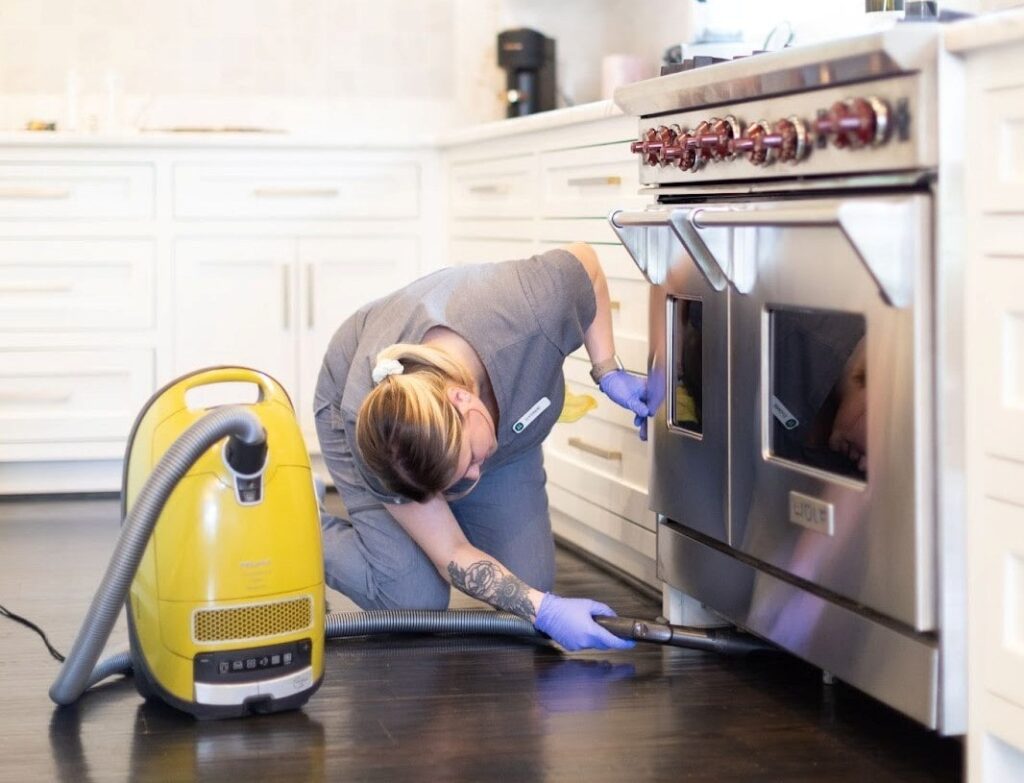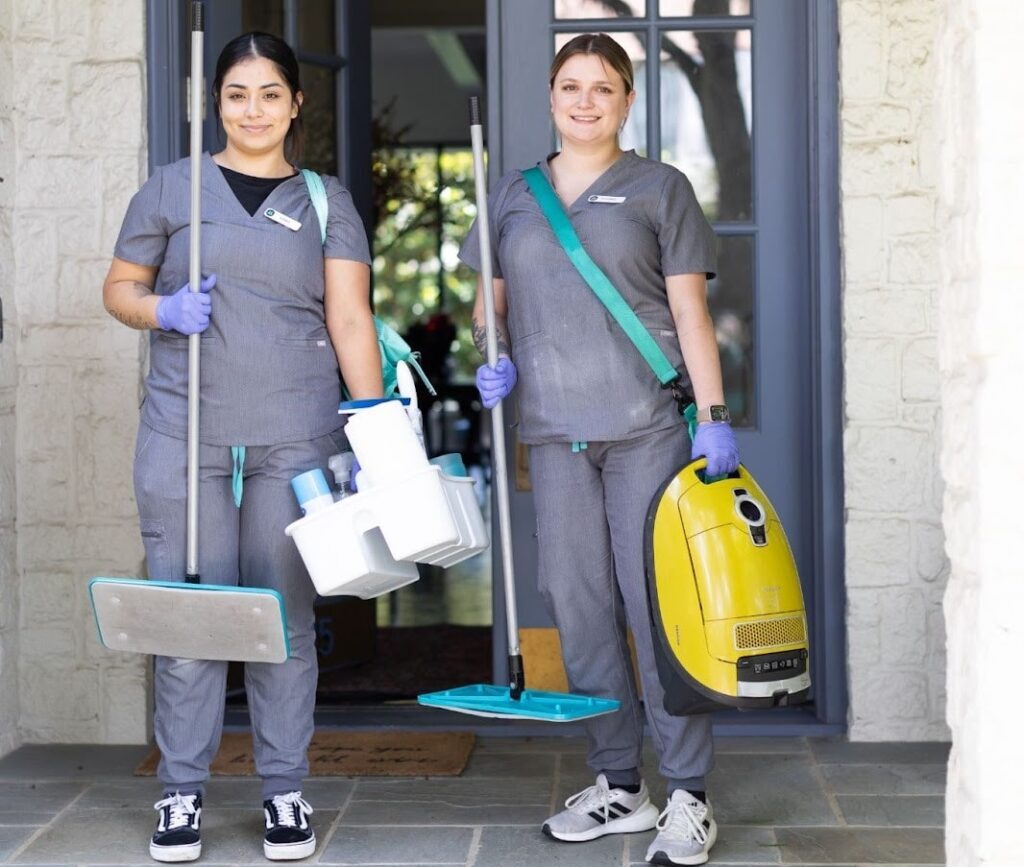How to Clean Your Dishwasher: The Ultimate Step-by-Step Guide for a Clean Machine

When we consider cleaning our houses, our dishwashers hardly make the list. But this busy appliance must be cleaned as well—otherwise, it begins to stink, clog, and even break down. With time, grime, food scraps, and mineral deposits may build up within the machine, not just its cosmetic appearance, but also its efficiency in performing its function.
In our experience, knowing how to clean dishwasher interiors and exteriors on a regular basis not only enhances hygiene but also enhances its performance, providing you with sparkling clean dishes every time. A clean dishwasher is not all about cleaner plates; it also extends the life of your appliance, saves energy, and averts unnecessary repairs.
Let’s dive into everything we’ve learned through hands-on experience and solid research—from subtle signs it’s time for a scrub-down to the ultimate DIY routine that leaves your machine fresh and flawless.
What You’ll Need to Clean Your Dishwasher
We like straightforward, safe, and effective equipment to use when deep cleaning. Here’s our routine list:
- White vinegar (a natural degreaser that dissolves grease and limescale)
- Baking soda (great deodorizer and soft scrub for tough stains)
- Soft-bristled toothbrush or brush (ideal for getting into corners, crevices, and small areas)
- Microfiber cloth or sponge (best for wiping without scratching)
- Optional: A Toothpick for removing food particles lodged in small crevices
Vella suggests going green with alternatives like plant cleaners, scrub pads that can be reused, and biodegradable sponges. Not only will these lower your ecological impact, but they are also better for families with children and pets.
Avoid: Harsh commercial cleaners such as bleach, steel wool, or abrasive powders. These scratch the stainless steel interior, wear away rubber seals, and deposit toxic residues that may harm your dishes and you. Always use gentler, tried-and-true methods that clean well without harming.
Step-by-Step: How to Deep Clean Your Dishwasher Like a Pro
We recommend doing this routine every month to maintain our equipment in good condition:
Step 1: Empty and Inspect
Take out all the dishes and racks. Look for stray food bits, utensils, or foreign particles at the bottom.
Step 2: Clean the Filter
Gently remove the filter, typically at the bottom. Rinse it with warm water and brush gently with a soft-bristled brush. A blocked filter is the most frequent source of stinky dishwashers and ineffective cleaning.
Step 3: Clean the Spray Arms and Door Seals
Clean the holes of the spray arms and the rubber seals on the door using your toothbrush or cloth. They tend to gather gunk and mold.
Step 4: Vinegar Wash
Set a white vinegar-filled, dishwasher-safe bowl on the top rack. Use the hottest setting. Vinegar dissolves grease and deodorizes.
Step 5: Baking Soda Rinse Finish
Spread a cup of baking soda over the bottom of the tub and do a quick hot cycle. This step deodorizes and removes residual stains.
Bonus Tip: On mineral deposits, particularly if you have hard water in your location, run a dishwasher-safe descaling agent through your dishwasher each month.
How to Clean Dishwasher Exterior and Touchpoints
The interior is not the only area where dirt resides. Bacteria are found on touch points such as the door handle and control panel that can be easily forgotten during regular cleaning. S, please add this step to your deep cleaning schedule:
- Clean extensively with a moist microfiber cloth and mild soap solution, focusing on edges and grooves.
- Spray with a sanitizer (see our eco-friendly products) on high-touch surfaces to sanitize without harmful residues.
- Don’t forget to wipe the buttons and control panel edges, where grime and fingerprints can build up over time.
Vella Hack: To get a streak-free shine, clean with a solution of water and vinegar. It’s a miracle worker, particularly on stainless steel surfaces, and gives a natural polished sheen. For an added sparkle, buff with a dry cloth afterwards.
Preventative Tips: Keeping Your Dishwasher Cleaner, Longer
The following are habits we believe in to keep mess to a minimum and get the most mileage out of your dishwasher:
- Pre-rinse big chunks of food to keep the filter clog-free.
- Don’t include non-dishwasher-safe objects (wood spoons, cast iron, fancy china) that will warp or rust.
- Put dishes in with the manufacturer’s guidance to make sure water circulates properly and detergent is spread evenly.
- Use the garbage disposal before running your dishwasher to keep water from draining back up.
- Use maintenance items such as dishwasher cleaning tablets or descaling agents every month to minimize mineral deposits.
- Leave the door slightly open after every cycle to avoid moisture accumulation and mold growth within.
Take a look at our monthly checklist for routine maintenance and additional tips from our experts. If you find the monthly cleaning hectic, worry not!
Book your appointment with Vella. We offer services all across Texas, including Plano and Fort Worth.
Troubleshooting: What To Do If Your Dishwasher Still Smells or Doesn’t Clean Well
If odors persist or dishes are still dirty after washing, try these steps:
- Check and clean the drain hose and air gap (if equipped), since clogs in these areas frequently lead to odors and drainage issues.
- Make sure the spray arms are not clogged or cracked—use a toothpick or brush to remove obstructions from the holes.
- For heavy mold or mildew, operate the vinegar-baking soda mixture twice, followed by a hot rinse cycle.
- Inspect the filter housing for caught gunk or grease, and clean it down with a wet cloth.
- In case the trouble continues after that, it’s probably time to schedule a pro cleaning to keep an eye out for any latent mechanical or plumbing problems.
FAQ
- May I use bleach in my dishwasher?
Don’t use bleach, particularly if your dishwasher contains stainless steel components. It corrodes metal and harms rubber seals.
- Is vinegar safe for every dishwasher brand?
Yes, vinegar is usually safe. But always consult the user manual for brand-specific care information.
- How do I clean a stainless steel dishwasher?
Use a damp microfiber cloth with diluted vinegar. Wipe in the direction of the grain and dry.

Eco-Friendly & Family-Safe Cleaning with Vella
At Vella, we’re committed to environmentally friendly cleaning products that keep your family, your appliances, and the world safe, without ever sacrificing quality. How we do it is guided by care and sustainability:
- Formulated with non-toxic, family-friendly ingredients
- Biodegradable and eco-friendly
- Free of synthetic fragrances and harsh chemicals, through and through
We’re more than surface glimmer—our promise is to build homes that are sparkling clean and health-centered. With Vella, you’re not just investing in better appliance cleaning; you’re joining a revolution for a greener way of life.
Our eco-friendly cleaning services are thoughtfully crafted to deliver you long-term freshness, tranquility of mind, and a tangible difference. Let us clean with a conscience—book an appointment today and experience the green sparkle yourself.